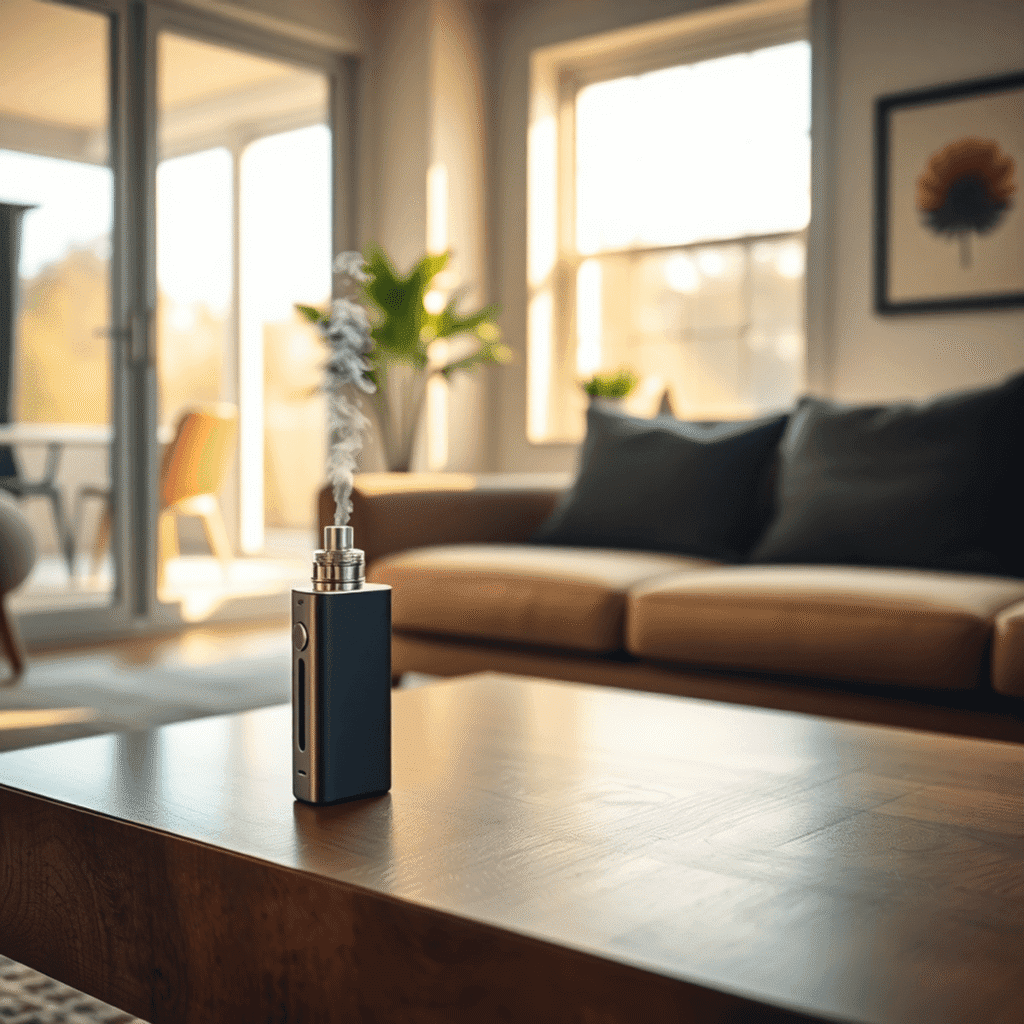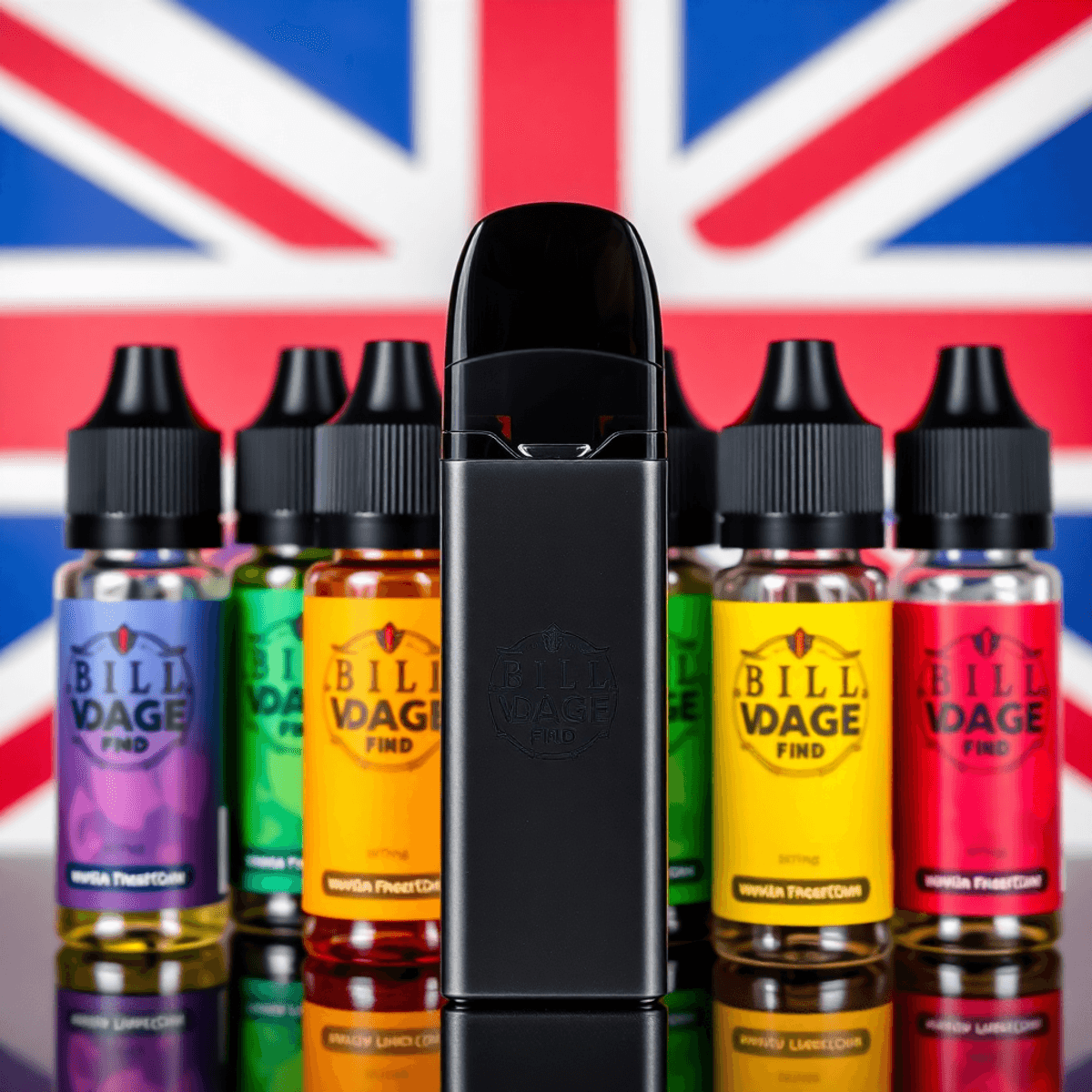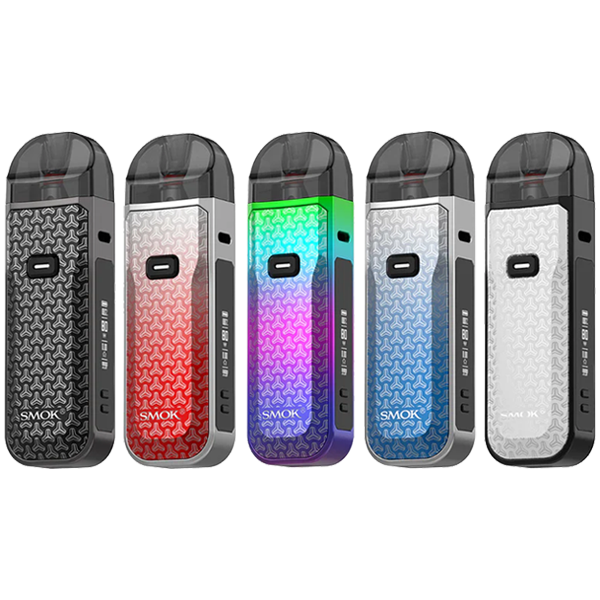The rise of vaping has transformed the landscape of nicotine consumption in recent years. As traditional smoking rates decline, e-cigarettes have emerged as a popular alternative, with millions of users across the UK choosing to vape indoors. This shift in behaviour raises important questions about the impact of indoor vaping on household members and visitors.
The convenience of vaping inside homes and shared spaces has created new challenges for public health. While many perceive vaping as a safer alternative to smoking, the effects of secondhand vape aerosol on others remain a pressing concern. This is particularly relevant for households with children, elderly residents or individuals with pre-existing health conditions.
Understanding how vaping in the house affects others is essential for creating a safe living environment. The presence of secondhand vape aerosol in enclosed spaces can potentially expose non-vapers to nicotine and other substances, making it crucial to examine the health implications and consider appropriate precautions.
It’s also important to note that not all vaping experiences are the same. For instance, some users prefer 0mg Ohm Boy 60ml Longfills for a pure and flavorful vaping experience, while others might lean towards 0mg Imp Jar X Zeus Bolt 50ml Shortfill for an electrifying fusion of flavours. Additionally, products like 10mg I VG Salt 10ml Nic Salts offer smooth tastes that could be more appealing to some users.
The diversity in vaping products and preferences further complicates the understanding of indoor vaping’s impact. Therefore, it’s essential to consider these factors when discussing indoor vaping and its effects on household members and visitors.
Understanding Secondhand Vape Aerosol
Secondhand vape aerosol, which is the exhaled vapour from e-cigarette users, consists of a mixture of fine particles and gases. Unlike traditional cigarette smoke that produces combustion-related toxins, vape aerosol forms through the heating of e-liquids at lower temperatures.
What Does Secondhand Vape Aerosol Contain?
The composition of secondhand vape aerosol includes:
- Nicotine particles: These remain suspended in the air and can settle on surfaces
- Propylene glycol: A base ingredient that creates the visible vapour
- Vegetable glycerin: Another primary component responsible for cloud production
- Flavouring compounds: Chemical additives that provide distinct tastes
- Ultra-fine particles: These can penetrate deep into the lungs
- Volatile organic compounds: Including formaldehyde and acetaldehyde
How Is It Different from Secondhand Smoke?
Research has identified significant differences between secondhand smoke and vape aerosol. Traditional cigarette smoke contains over 7,000 chemicals, with hundreds known to be toxic. While vape aerosol typically contains fewer harmful substances, it still poses potential risks through its chemical composition. For more detailed information on the effects of secondhand vape exposure, you may find this resource helpful.
What Factors Influence Its Composition?
The concentration of these components varies based on:
- The type of device used
- E-liquid ingredients
- Vaping temperature
- Room ventilation
- Duration of vaping sessions
For instance, high-nicotine e-liquids can lead to higher nicotine particle concentrations in the aerosol. Similarly, using devices that allow for higher vaping temperatures can result in a different composition of the aerosol.
How Long Does It Last Indoors?
Studies indicate that secondhand vape aerosol can linger in indoor spaces, though it dissipates more quickly than traditional cigarette smoke. The particles can accumulate on surfaces, creating a residue similar to thirdhand smoke exposure.
Health Risks Associated with Vaping Indoors
Indoor vaping poses distinct health risks through secondhand exposure, particularly affecting vulnerable groups within shared spaces. Research indicates several concerning health implications:
Risks for Children:
- Increased susceptibility to nicotine addiction
- Potential developmental issues
- Higher risk of respiratory problems
- Compromised immune system responses
Risks for Pregnant Women:
- Possible foetal development complications
- Increased risk of pregnancy complications
- Potential impact on birth weight
- Risk of premature birth
The presence of harmful metabolites in indoor vaping environments creates additional health concerns. These substances can affect both respiratory function and general wellbeing:
Respiratory Health Impact:
- Irritation of airways and throat
- Increased coughing and wheezing
- Potential triggering of asthma symptoms
- Reduced lung function
General Health Effects:
- Headaches and nausea
- Eye irritation
- Dizziness
- Allergic reactions
Studies have shown that indoor vaping can lead to the accumulation of ultrafine particles in enclosed spaces. These particles can penetrate deep into the lungs and potentially enter the bloodstream. The concentration of these particles tends to be higher in poorly ventilated areas, creating zones of increased exposure risk.
Recent research highlights concerns about the presence of volatile organic compounds (VOCs) released during indoor vaping. These compounds can interact with other indoor air pollutants, potentially creating new chemical combinations with unknown health implications.
The duration of exposure plays a significant role in determining health risks. People spending extended periods in environments where indoor vaping occurs face higher risks of experiencing adverse health effects. This is particularly relevant for household members who share living spaces with regular vapers.
Moreover, it’s crucial to consider the long-term effects of prolonged exposure to secondhand vape smoke, which can lead to serious health complications for all affected individuals.
Comparing Health Implications: Secondhand Smoke vs. Secondhand Vape Aerosol
The Dangers of Secondhand Smoke
Traditional secondhand smoke contains over 7,000 chemicals, with hundreds classified as toxic and 70 known carcinogens. These substances linger in indoor spaces, coating surfaces and creating a persistent toxic environment. Research spanning decades has linked indoor secondhand smoke exposure to:
- Heart disease
- Lung cancer
- Respiratory infections
- Sudden infant death syndrome (SIDS)
- Stroke
The Unknowns of Secondhand Vape Aerosol
Secondhand vape aerosol presents a different profile. Studies indicate it contains:
- Lower levels of toxic compounds
- Fewer carcinogenic substances
- Reduced particle concentration
- Shorter lingering time in the air
- Less surface contamination
Yet, this doesn’t mean secondhand vape aerosol is harmless. Current research shows the presence of:
- Nicotine particles
- Ultra-fine particles that can penetrate deep into lungs
- Volatile organic compounds
- Heavy metals in trace amounts
The scientific community faces challenges in assessing long-term health impacts of secondhand vape aerosol. The relative newness of vaping technology means researchers haven’t had sufficient time to study extended exposure effects. Limited data exists on:
- Chronic exposure impacts
- Potential developmental issues
- Interaction with pre-existing health conditions
- Cumulative effects of different e-liquid ingredients
Scientists continue investigating these aspects through ongoing studies. The current evidence suggests secondhand vape aerosol poses fewer immediate risks compared to traditional cigarette smoke, but uncertainties remain about its long-term health implications.
Vaping Choices and Evolving Technology
Vaping itself offers a variety of choices in terms of flavours and nicotine levels and the technology behind vaping is continually evolving, with advancements such as the Smok TFV16 Mesh Coils providing users with improved efficiency and flavour delivery. However, it’s crucial to remember that while these products offer a different experience compared to traditional smoking, they still carry health risks that need to be carefully considered.
Recommendations for Minimising Risks to Others While Vaping Indoors
Responsible vaping practices prioritise the well-being of those around us. The most effective way to protect others from secondhand vape aerosol is to vape outdoors or in designated vaping areas. This consideration becomes particularly important in homes with children, elderly individuals or people with respiratory conditions.
For situations where indoor vaping occurs, these practical measures can help minimise exposure to others:
Ventilation Strategies:
- Open windows on opposite sides of the room to create cross-ventilation
- Use extraction fans in bathrooms or kitchens
- Position yourself near open windows or doors
- Install air purifiers with HEPA filters
Space Management:
- Maintain distance from non-vapers
- Avoid vaping in common areas
- Create a dedicated vaping space with proper ventilation
- Keep doors closed to prevent aerosol spread
Additional Precautions:
- Reduce the power settings on your device to produce less vapour. For instance, using AirsPops Bottle By AIRSCREAM Replacement Coils can help match the resistance to your preferred vaping style and produce less vapor.
- Choose e-liquids with lower VG content to minimise cloud production. You might consider 14mg Ohm Boy Longfill Booster Kit which has a balanced 50/50 VG/PG formulation.
- Time vaping sessions when others are not present
- Consider using portable air filtration devices
These measures become particularly crucial in shared living spaces. A thoughtful approach to indoor vaping demonstrates respect for cohabitants and visitors while maintaining personal vaping preferences. The combination of proper ventilation techniques and mindful space management creates a balanced environment that considers everyone’s health and comfort.
Conclusion
The evidence shows that vaping indoors does affect others through secondhand aerosol exposure. While research continues to emerge about the full extent of these effects, the presence of nicotine and other potentially harmful compounds in vape emissions creates genuine health concerns.
For instance, products that contain high levels of nicotine, can pose significant health risks when vaped indoors. This risk becomes particularly significant for vulnerable groups:
- Children and teenagers
- Pregnant women
- Elderly individuals
- People with pre-existing respiratory conditions
The choice to vape indoors extends beyond personal freedom – it directly impacts the health and wellbeing of those sharing the space. Making informed decisions about where to vape demonstrates respect for others’ right to clean air and creates a safer environment for everyone.
Responsible vaping practices, including choosing outdoor locations and ensuring proper ventilation, help protect those around us from unnecessary exposure to secondhand vape aerosol. For example, opting for products like the 20mg Ohm Brew Bar Series Double Brew that offer a satisfying experience with lower health risks could be a more considerate choice. These simple yet effective measures safeguard our loved ones while allowing vapers to continue their habit in a considerate manner.
FAQs
Does vaping in the house affect others?
Yes, vaping indoors can affect others through exposure to secondhand vape aerosol, which contains nicotine and harmful chemicals that may pose health risks, especially to vulnerable individuals like children and pregnant women.
What is secondhand vape aerosol and how is it different from traditional cigarette smoke?
Secondhand vape aerosol is the vapor exhaled by a person who is vaping. Unlike traditional cigarette smoke, it contains fewer toxic chemicals but still includes nicotine and other harmful metabolites that can impact respiratory health and overall well-being.
What are the health risks associated with vaping indoors?
Health risks from indoor vaping include nicotine exposure for non-vapers, which can be particularly harmful to children and pregnant women, as well as inhalation of harmful metabolites that may negatively affect respiratory health and contribute to other health issues.
How do the health implications of secondhand smoke compare to those of secondhand vape aerosol?
While both secondhand smoke and secondhand vape aerosol contain harmful substances, traditional cigarette smoke has been more extensively studied and is known to cause significant health problems. The long-term effects of inhaling secondhand vape aerosol are still being researched, but it is clear that it also poses potential risks.
What recommendations exist for minimizing risks to others while vaping indoors?
To minimize risks when vaping indoors, it is recommended to vape outdoors whenever possible. If vaping indoors, improving ventilation by opening windows or using air purifiers can help reduce the concentration of harmful aerosols and protect others’ health.
Why is it important to protect vulnerable individuals from secondhand vape aerosol exposure?
Protecting vulnerable individuals such as children and pregnant women from secondhand vape aerosol exposure is crucial because they are more susceptible to the adverse effects of nicotine and harmful chemicals found in the aerosol, which can impact their development and overall health.




